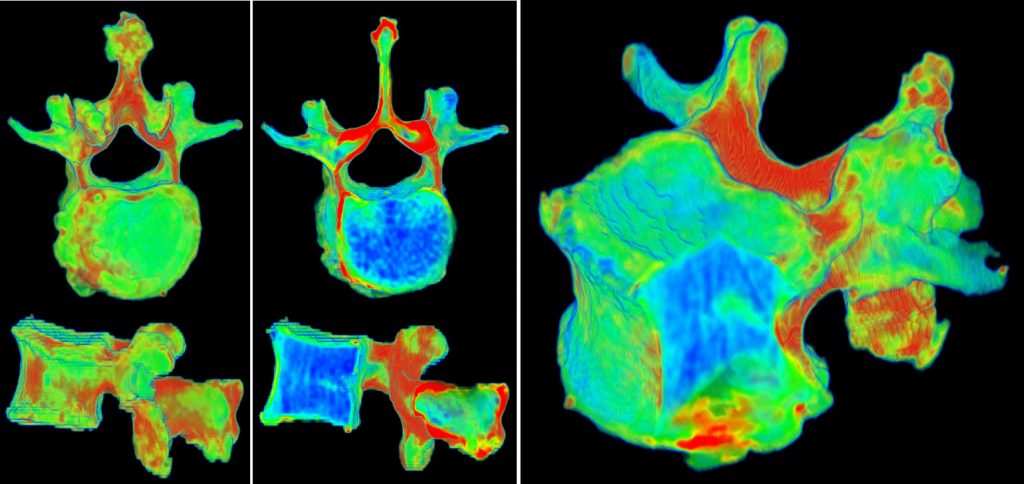We achieved 1st Place on Multi Recognition and 1st Place Tied on Activity Recognition at the Endoscopic Vision Challenge – Micro-Surgical Anastomose Workflow recognition on training sessions (MISAW) during the 23rd International Conference on Medical Image Computing and Computer Assisted Interventions (MICCAI 2020), held from 4th to 8th October 2020 in Lima, Peru.
The team comprises C-B Chng, W Lin, J Zhang, Y Hu, Yan Hu, J Liu and C-K Chui.
For the competition, we employed the approach described by Jin et al (2020) and extended it to step and activity. We used EfficientNet, developed by Tan and Le (2019), as our feature extractor to extract spatial features of each video frames. EfficientNet allows for faster training, greatly improving the practicality of the network.
Since temporal information is crucial for video data, we utilized long-short term memory (LSTM) to model the sequential dependencies. The sequential features were then passed to a fully connected layer for making predictions. As the dataset contains kinematic data recorded at 30 Hz from encoders mounted on the two robotic arms of the master-slave robotic platform, we hypothesized that the kinematic data are related to the verb and step. Therefore, we employed a new LSTM to model the sequential features of kinematic data. Subsequently, these two types of sequential features were concatenated and fed into fully connected layers to make predictions for verb and step.
Dr Y. Jin joined NUS as an Assistant Professor in Biomedical Engineering in January 2023. We look forward to collaborating with her on Intelligent Surgical Robotics research.
References:
Y. Jin et al. ‘Multi-task recurrent convolutional network with correlation loss for surgical video analysis’, Med. Image Anal., vol. 59, 2020, doi: 10.1016/j.media.2019.101572.
M. Tan and Q. V. Le, ‘EfficientNet: Rethinking model scaling for convolutional neural networks’, in Int. Conf. Mach. Learn., ICML, 2019, vol. 2019-June, pp. 10691–10700, [Online]. Available: https://www.scopus.com/inward/record.uri?eid=2-s2.0 85077515832&partnerID=40&md5=b8640eb4e9a606d0067b4a420ca73df1.

